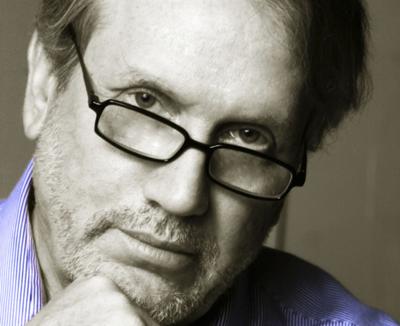War And The Press

The Russian invasion of Ukraine has once more brought journalists to the front lines, in Kyiv, Odessa, and even Moscow. Freelancer Brent Renaud, Fox News videographer Pierre Zakrzewski and Fox News consultant Oleksandra “Sasha” Kuvshynova were killed by snipers and shells, while Fox correspondent Benjamin Hall was injured.
And in the belly of the beast, a television producer named Marina Ovsyannikova burst onto a live broadcast Monday on the Kremlin’s Channel 1, holding a sign reading “Stop the war! They’re lying to you here.” It was witnessed by millions of Russian viewers. She was quickly arrested, fined about $300 after a court appearance on Tuesday, but could face 15 years in prison for this act of civil disobedience.
I got a lesson in the difference between American and Russian journalists on my 2007 trip with Sen. Richard Lugar to Moscow. He and Sam Nunn went to the Foreign Ministry Building to meet with Russian Foreign Minister Sergei Lavrov. We entered huge, heavy metal doors adorned with the Soviet-era hammer and sickle emblem and went up to the fifth floor. Down the hallway were framed portraits of Soviet era ministers – Trotsky, Molotov, Gromyko. I was warned by a U.S. State Department official not to take any photos in the hallway. Valuing my Nikon, I obeyed.
American and Russian press gathered around a large conference table where Lugar and Nunn sat face to face with Lavrov for a photo spray. After a few minutes, Lavrov clicked his thumb and fingers, and our Russian media counterparts suddenly packed up and left on the cue. The American journalists stood in place. That moment crystallized for me the vast differences between free America and this autocratic regime that has reimposed a new Iron Curtain.
Preparing for this trip, I read Anna Politkovskaya’s book, “Putin’s Russia,” published in 2004, with much of the focus on Russia’s “dirty war” in Chechnya. We didn’t understand at the time that Putin’s decimation of Grozny was a preview to the destruction of cosmopolitan Kyiv and other cities we are witnessing today. Politkovskaya was murdered by Putin’s henchmen two years later, one of dozens of Russian journalists to meet such a fate.
In the foreward to Politkovskaya’s book, Anne Applebaum of The Atlantic observed, “At the time of her murder … she was at the pinnacle of her influence. She was proof – and more is always needed – that there is still nothing quite so powerful as the written word.”
For the past two weeks, half of the world has been watching Putin’s genocidal war on cable and nightly news as well as social media. We witnessed the pregnant woman being carried from a bombed maternity hospital in Mariupol, or the Ukrainian family killed at an Irpin intersection, the work of New York Times photographer Lynsey Addario, herself dodging shells and bullets.
It prompted me to revisit the legacy of Hoosier war correspondent Ernie Pyle, who for three years documented America in World War II. Pyle was killed by a sniper a few weeks before World War II ended in August 1945.
In Fort Wayne native Dave Nichols’ book “Ernie’s War,” legendary Chicago journalist Studs Terkel wrote in the foreward, “Ernie Pyle covered World War II the way the way the infantry soldier fought it: On the ground and on the move, subject to fear, filth and the capricious fates that dealt death to one man, life to another. Pyle also explained (and decried) the moral changes the war forced upon its participants, the rapid conversion of the boy next door into a trained and enthusiastic killer.”
That is what ordinary Ukrainian men and women are turning to over the past two weeks. In February, they were leading normal lives; now many are dropping their kids off at the Polish border and returning to fight for freedom and democracy.
Pyle described a fellow Hoosier named Tommy Clayton, who found himself under fire one moonlit night in the days following the D-Day invasion of Normandy. “All his experiences seemed to have no effect on this mild soldier from Indiana, except perhaps to make him even quieter than before,” Pyle observed. “The worst experience of all is just the accumulated blur, and the hurting vagueness of being too long in the lines, the everlasting alertness, the noise and fear, the cell-by-cell exhaustion, the thinning of the surrounding ranks as day follows nameless day. And the constant march into eternity of one’s own small quota of chances for survival.
Pyle described the “vacuum left behind” the battlefield after the war had moved on: “From all these things we could tell that the battle had been recent – from these and from the men so newly dead that they seemed to be merely asleep. An amateur who wandered into this vacuum at the rear of a battle had a terrible sense of loneliness. Everything was dead – the men, the machines, the animals – and he alone was left alive.”
We are in for a riveting couple of months as Putin’s war decimates Ukraine and, perhaps, his own regime, perhaps because of the brave audacity of people like Marina Ovsyannikova. There will be brave and dedicated journalists there, telling the stories of our time.
– The columnist is publisher of Howey Politics Indiana at www.howeypolitics.com
